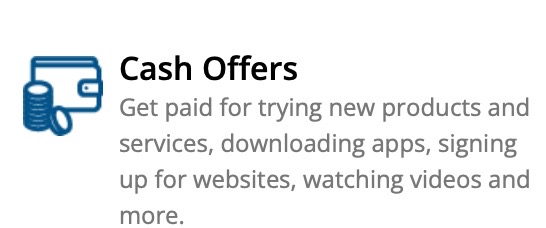Buy and sale online ,Although many consumers continue to embrace e-commerce in Kenya, costly delivery fees still deter many consumers from making online purchases. This challenge was even more significant for the rural population in areas where the distance covered in delivery would increase shipping fees.
Last mile delivery, the process when a package is moved from a transportation hub to its final destination, becomes complicated in rural areas due to inconsistencies and inaccurate address systems. This dilemma often causes delivery delays and occasionally, the return of undelivered packages to warehouses, thus disrupting the most critical step in the delivery process.
Jumia’s solution

Jumia responded to these delivery challenges by setting up a network of approximately 400 pick-up stations (PUS) in Kenya, primarily concentrated in Nairobi, as physical locations or storefronts where consumers are able to collect their Jumia packages rather than having it delivered to their homes. By electing to have their packages sent to PUS, consumers saved upon their delivery fees.
Upon realizing that consumers with a preference for conveniently located pick-up stations (PUS) to door delivery had increased, Jumia set out to expand this network since 2020. The shift was attributed to lower shipping fees from pick-up stations and the convenience of having a 5 day window to collect the packages from the pick-up station collection point.

Jumia’s team analyzed demographic metrics in rural towns such as the local population, GDP, major public and private institutions, and per-capita income, to determine which had the greatest need for PUS. This research helped our team to understand the number of potential consumers, combined purchasing power, and average number of orders a town might produce. Using a benchmark of one pick-up station per households, we then derived the number of required pick up stations for a specific area and examined how to evenly distribute them geographically.
Jumia has since doubled the number of pick-up stations and reached to more than 800, primarily located in rural areas.


How it works
When consumers open the Jumia app, they submit their location, select the products, and proceed to checkout. During the check-out process, consumers are given the option of door delivery or pick-up station.
If the pick-up station option is selected, a list of all nearby PUS locations is displayed. Shortly after, the consumer will be notified about the ETA of the package. Packages are held at pick-up stations for a maximum of five days after which they are returned to the main hub if uncollected by consumers.
Additional benefits of our pick-up stations
In addition to reducing delivery charges, broader use of PUS improves customer service by enabling consumers to make face-to-face inquiries about Jumia’s services, mimicking traditional in-person interactions.


Additionally, Jumia created economic opportunities for aspiring business owners,
specifically female entrepreneurs and other small retailers adversely affected by the pandemic-induced economic downturn through a new JForce network. Essentially, the network provided a new revenue stream for who could Business owners who can convert their shops into pick-up stations, serve as a Jumia PUS agent, and earn extra revenue through packages they handle.
As PUS agents working with our sales agents, JForce network members play an important role in educating the rural community and selling to the locals in the markets, schools and community groups.Buy and sale online
At Jumia, we are committed to delivering a more convenient and affordable e-commerce experience for our consumers while also empowering others to benefit from the wider e-Buy and sale online











